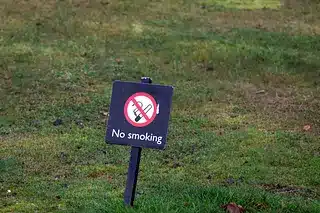Horrific new blunders in the operation to identify and repatriate victims of the Air India disaster emerged last night as the grim scandal began to widen.
When one family unzipped the body bag shown to them at a mortuary, they were reportedly aghast to find two heads – one belonging to their relative, the other unrecognisable.
And a distraught British widow received the remains of her husband in two coffins, delivered weeks apart, obliging her to cremate him twice.
The heart-rending mix-ups were revealed as a lawyer representing about 30 of the 53 bereaved British families insisted flaws in the process were widespread, with more claims of relatives being given the wrong remains.
While the fiasco has hitherto been blamed on the incompetence of Indian rescue workers and doctors, aviation law specialist Sarah Stewart says some responsibility lies with the team sent by the UK Government to assist them.
‘Sadly, the stories of mixed remains have been repeatedly recounted to us by families we represent,’ said Ms Stewart. ‘Our clients feel that they were let down, with allegedly apparent mistakes by the forensic teams in India and insufficient support by British consular services, the Foreign Office and the British crisis response teams. We have been working with [British] families to prepare a letter to the Prime Minister to address these distressing errors.’
On Wednesday, the Daily Mail revealed how the grief of two British families had been exacerbated by the botched operation. The following day, Sir Keir Starmer raised concerns with his Indian counterpart Narendra Modi during his visit to London. Mr Modi is said to have agreed that this was extremely distressing for the families of the victims.
A government spokesman said: ‘Formal identification of bodies is a matter for the Indian authorities.’
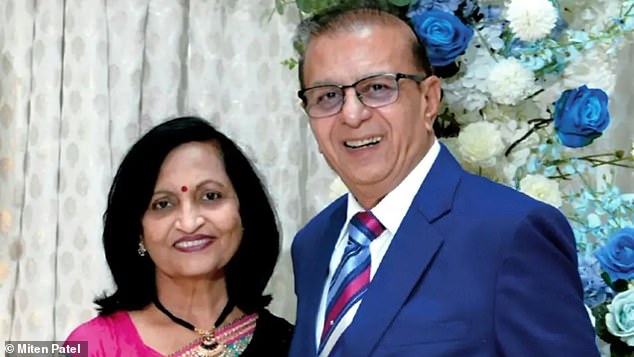
Ine one case, the remains of microbiologist Shobhana Patel, 71, (left) from Orpington in Kent, had been commingled in the coffin with those of an unknown victim
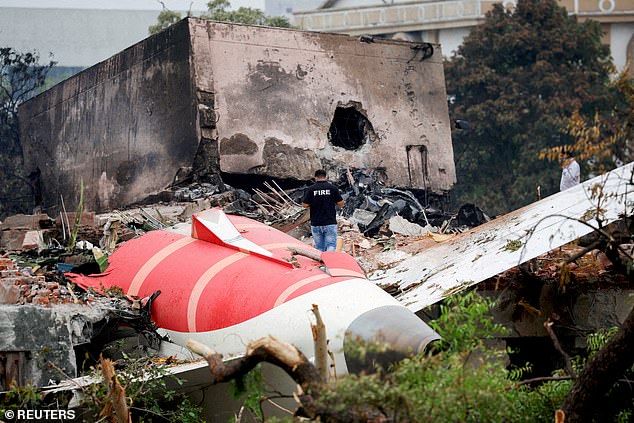
A firefighter stands next to the crashed Air India Boeing 787-8 Dreamliner aircraft, in Ahmedabad
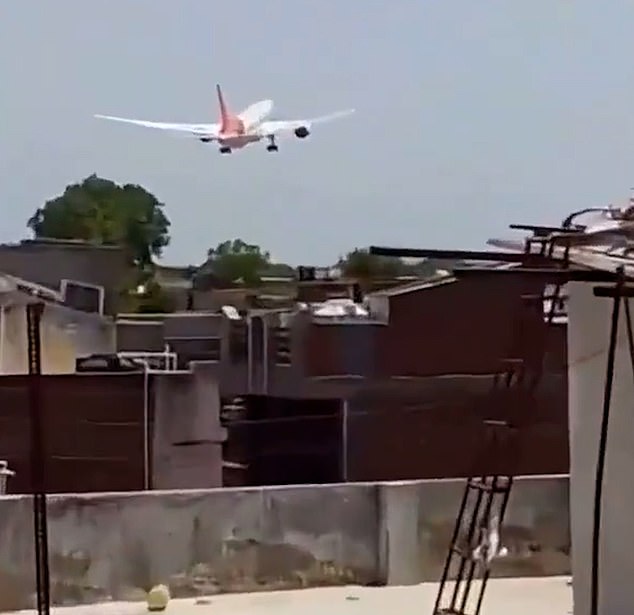
The Air India Dreamliner crashed just minutes after taking off on June 13
In one case, an unnamed family were told the wrong body had been returned. The error only emerged when a DNA match found by the Civil Hospital in Ahmedabad was double-checked by scientists acting for Inner West London Coroner’s Court.
The lab also found the remains of microbiologist Shobhana Patel, 71, from Orpington in Kent, had been commingled in the coffin with those of an unknown victim.
Indian scientists had identified Mrs Patel – who was travelling back to London on Air India Flight 171 with her husband, Ashok, 74 – using DNA supplied by her son, Miten.
That his mother’s remains had to be separated from the other person’s before she could be cremated in a Hindu ceremony this week has deepened his family’s trauma.
He said: ‘People were tired and there was a lot of pressure, but there has to be a level of responsibility that you’re sending the right bodies to the UK. There’s a lot of anger and frustration.’
For Miten, poignant consolation has come with the return of a ring his father was wearing. He is sure it would have been on the hand clutching his mother’s as the plane crashed and will wear it in their memory.
How the mistakes happened is now under severe scrutiny. Since 81 of the 242 on board the aircraft had the surname Patel, there are suggestions this may have caused confusion.
But Mahnendra Patel, 54, who lost his mother, brother and nephew, pointed out every Patel also has another last name which acts as their ‘bar code’. Instead he puts it down to a recovery operation that differed from those we see after disasters here.
He added: ‘They were taking relatives’ DNA samples round the clock but they could only do about 15 or 20 tests a day, so the bodies were put in bags, marked with an identity code and stacked in the freezer.’

The tailpiece of Air India flight AI171 after it crashed in a residential area near the airport in Ahmedabad
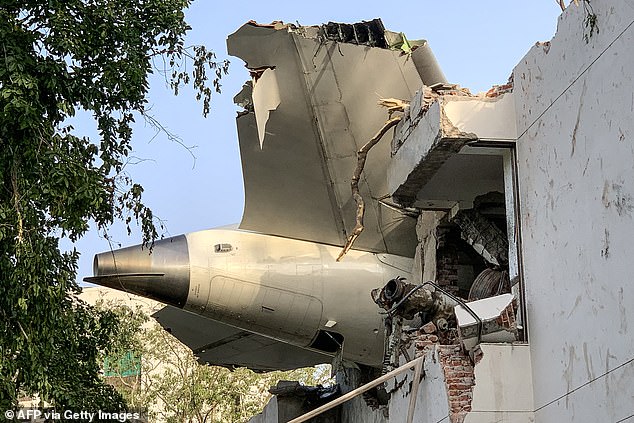
The passenger jet crashed in one of the deadliest air disasters in decades, killing more than 250 people on board and on the ground
It was when they unzipped one of these bags that a family found the two heads, according to the Times of India. When DNA tests threw up a positive match, relatives were asked to sign for their family members and be photographed with their assigned coffins, says Mahnendra.
International emergency services specialists Kenyon then flew them to Britain.
Checks in London have thankfully proved Mahnendra received his loved ones’ remains.
However, the Indian coroner’s report said the three bodies would be intact, with his nephew’s broken leg the only visible injury.
But the British report lists multiple fractures and one of his mother’s hands is missing. ‘I don’t blame them,’ Mahnendra says. ‘It’s a Third World country, so you are going to get a bit of a mix up.’







